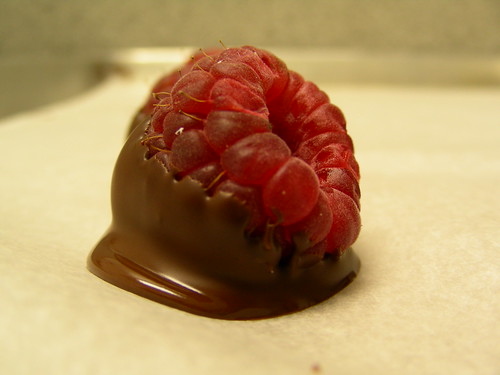Most of us probably learned how to run when we were children. It probably came naturally. Somewhere along the line, most of us forgot. I did. I forgot how free running feels.
Now that I have learned how to run again, and have found that it actually makes me happy, I want to share my running journey.
I won't go over the usual pre-running advice, see your doctor-type stuff. You've probably read it somewhere else. The only piece of equipment I think you will need at this stage is a pair of comfortable trainers (and ladies - a proper sports bra).
If you find that you enjoy running, can stick with it and want to progress, at that point consider spending a few quid on some proper gear.
Week 1
Start with a warm up walk, about 5 mins, until the blood is flowing and the heart is pumping. Break into a very slow jog. By slow, I mean super-slow.
You're probably thinking "
I can walk faster than this". Resist the urge to speed up. Trust me, your body isn't ready for it yet. Lots of people start out jogging too fast and then give up, feeling defeated, when they can't maintain it.
Continue your super-slow jog for about a minute. If you don't have a watch, try counting to 60.
After that minute, when your face is all red and your breathing is heavy, slow down to a walk. (Remember this feeling of sweaty breathlessness - it is the perfect bench-mark to see how far you have come in a few weeks time). Walk for two minutes, allowing your breathing to return to normal. These two minutes will speed by much faster than your first jogging minute, somehow defying the laws of time and space. Such is life.
Pick up the pace ever-so-slightly to jog mode, and jog for another minute - which may well feel like an hour. Return to walking for another two minutes.
Repeat the jog / walk cycle for nine or ten repeats, so around half an hour in total. Try to plan your route in a loop so that you're not an hour's walk away from home at the end of the session. When you get back home, reward yourself with a glass of water, not a bar of chocolate.
Try to make time for three sessions of the above during the first week.
Week 2
During the second week, after a warm up walk, follow the same jog / walk pattern, but reduce the walking sections from two minutes to one minute. Keep the jogging slow, since its about easing your body into something it's not used to. Speed comes later.
Repeat the cycle one one minute jogging, one minute walking for half an hour, with a cool down walk at the end. Again, repeat three sessions during the week.
Week 3
Now we start to pick things up. Jogging sections are two minutes each, and only one of walking. Repeat for half an hour, three sessions over the week.
Week 4
More improvement this week, with jogging sections of three minutes, and one minute walking. Repeat for half an hour, three sessions over the week.
Week 5
You're getting the idea now. Extend to jogging sections of four minutes, and one minute walking. Depending on how you're feeling, you may feel able to reduce the walking sections to 30 seconds. At this point I still needed to jog super-slow. For most, speed comes later (not so much me, I'm still a very slow jogger).
Week 6
Bit of a stretch this week - jogging sections of six minutes. Be confident that your body can do it, so long as you don't expect it to sprint. Remember when you struggled to complete one minute jogging? Think how far you've come in just a few weeks.
Week 7
Three repeats of eight minutes jogging and one minute walking.
Week 8
Three repeats of ten minutes jogging and one minute walking - that's half an hour of jogging in one session!
Week 9
Two repeats of 15 minutes jogging and one minute walking.
Week 10
String it all together and go for 30 minutes straight, keep it super-slow, and you've done it - you've learned how to run!
 As an extension to my thoughts about blackcurrants, I think
that brambling should be revived as an annual tradition, saving us all a few
pennies on the way.
As an extension to my thoughts about blackcurrants, I think
that brambling should be revived as an annual tradition, saving us all a few
pennies on the way. 



